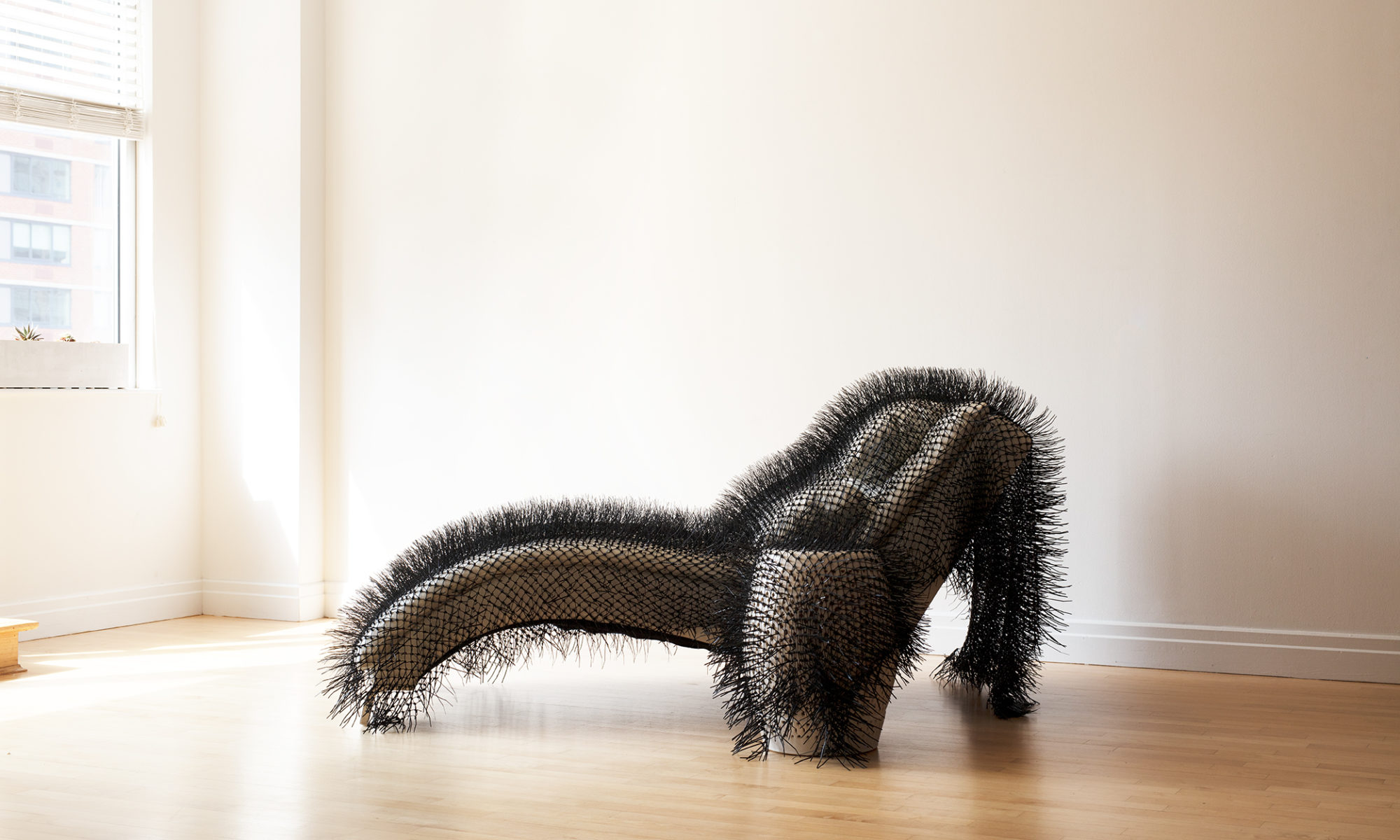The online exhibition page and gallery is now live!
Forecast//Recast brings together artists and artworks that explore ideas of predicting, reshaping, and re-predicting — works that offer a glimpse of possible futures, reexamine historical narratives, shed light on needed social and ecological interventions, and bend inquiry towards new aims to reframe the way we view the world.
Highlighting fiber and textile-based materials and techniques, cross-disciplinary practices, experimental processes, and material innovation, this exhibition prompts a reshaping of the future with works that predict our current trajectories, cast a new gaze on the past, and revise what is to come.














